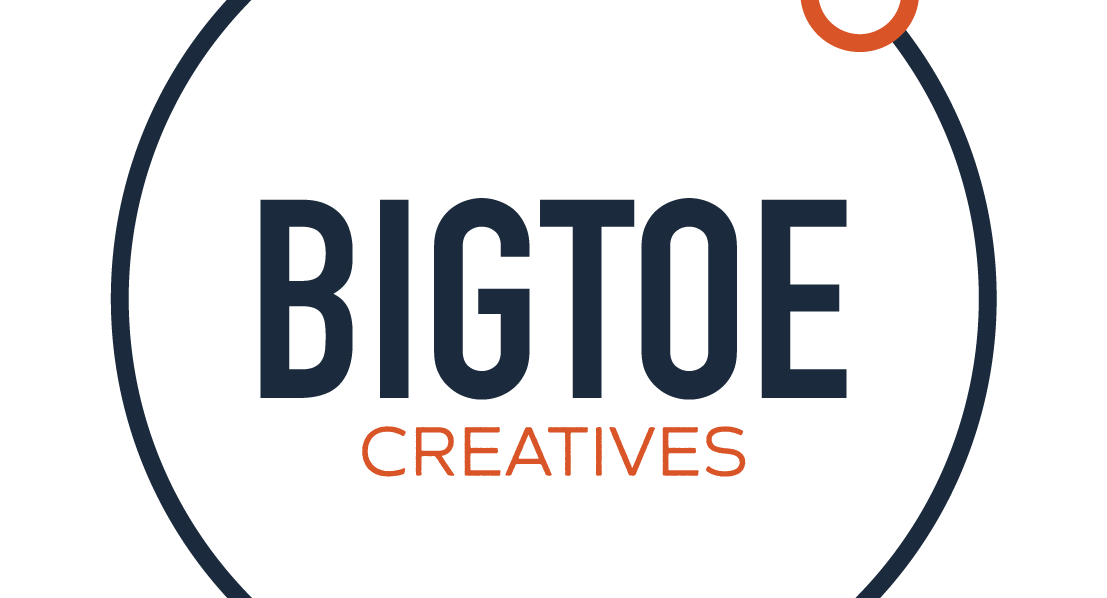Branding is one of the most important aspects of your marketing strategy. And while many people may think that branding merely relates to your business logo and colour scheme, they are far from correct. Developing a logo and picking your business colours is merely the introduction to branding for your business.
There are many elements to building a successful brand. ‘Branding’ is one of those terms that is often misunderstood – but it’s crucial that you get it right. So, before we start getting into the heart of branding (which we’ll do throughout a series of blog posts), let’s first dive into what is branding, the benefits of branding and a few of the basics of branding.
What is branding: The definition
Definition of branding from Entrepreneur: The marketing practice of creating a name, symbol or design that identifies and differentiates a product from other products
Your brand is your business identity, it’s what your business stands for and what it represents. Your brand is the culmination of every interaction that your customers have with your business. It’s a more holistic perspective of how your customers experience your business – how it makes them feel, their relationship with you and what they think of you. It’s forming a connection with your customers.
Your brand involves not only what you look like, but how you speak – your tone, your lingo, your vibe. It’s how honest and transparent you are as a business, and how you want your customers to perceive what you are offering. Businesses need to use their brand identity to get their customers to feel something towards them – hopefully good things.
A brand should identify a business in a way that is personal, instinctive and emotional. It needs to have a personality. There needs to be an emotive link between the brand and the customer.
So, what’s a logo then?
A logo is merely an element of your design collateral, one of the many facets of your branding. It is something that is easily recognizable, often including a name, symbol or trademark. It’s a quick, visual representation of a brand. If well designed, a logo should evoke some sort of memory and emotion from the viewer – but this is mostly dependent on the brand.
A logo should identify a brand in a way that is recognizable and memorable. It’s an identity system.
The benefits of branding
Branding is what sets you apart from your competitors. Without branding, you won’t have anything to stand on to help your business get noticed. You can have the most amazing product or service offering, but without a brand it’ll be so much harder getting people to notice you.
Ultimately, branding helps you build the following:
Brand recognition
Your brand is there to help your business be known to your consumers. As you consistently use visual cues like your brand imagery and logo, your customer base will start to link these cues with your brand. Brand recognition therefore refers to your audience being able to identify your logo and brand colours with your business.
Brand awareness
A consistently well executed brand strategy will help generate more brand awareness for your business. It takes brand recognition a step further. Rather than identifying a logo with a specific business, your audience will instantly associate your product or service with your brand. They can see an image on their social media feed and instantly know that it is your business, without having to look at who posted the image.
Brand awareness helps your business stand out from competitors, generate leads, and ultimately build an audience. Brand awareness can be increased with the help of advertising on platforms like TV, radio, online or on social media.
Brand loyalty
This is what every business wants to achieve. You want your customers to become so loyal to your brand, that no matter what competitors pop up, they will still stick with you.
How do you build brand loyalty? Well, you make sure that you build a brand that people can not only identify with but can grow to deeply care about. This is why ethical branding is getting so much more airtime these days.
And once you’ve got them to care about your brand. You need to continuously prove to them that you are living up to the story that you told them. Truly live your brand. And don’t let them down. Even the most loyal ‘brand loyalists’ can switch if they feel let down by your brand one too many times.
Brand consistency
Having clear branding guidelines in place will help you maintain consistency in your marketing. Consistency is important as you don’t want to confuse your customers. You need to remain consistent in both the visual aspects of your branding as well as in your messaging and branding promises.
Basics of branding: What makes a successful brand
As consumers, we are constantly surrounded by brands. From the clothes that we wear to the food that we eat, the laptops that we work on, the radio stations that we listen to, and the wine that we drink. We might not all realise it, but there are probably a few brands that you have become loyal to over the years.
It could simply be the brand of washing powder that you buy or the brand of running shoes that you swear by. There are also certain brands that are household names. Is there a household in South Africa that doesn’t know Oros, Cremora and Ouma rusks? Probably not. These are branding examples of great South African brands that did their branding right.
What made them successful brands? Well, they started with the basics of branding, and built it up from there.
Brand position
Always start with positioning your brand. Define what your business does and who it does it for. This helps establish what your USP’s are and what value can be found in your products or services. It also helps to figure out how customers can benefit from interacting with your brand.
Brand promise
What are you promising to your customers? Just like in life, before making any promises you need to be sure that you can live up to them. What can you realistically achieve? After you’re able to establish an achievable promise, you must set it in stone, and every future business decision must ensure it is kept.
Brand traits
This is where your personality must come in. What traits do you want your brand to have? What traits will your customers be able to relate to? Develop a few discernible and personable traits that customers will be able to rely upon.
Brand story
In order for your customers to trust you, they need to know where you come from. What is your branding story? Businesses that have been around for decades can rely on their story to build up their credibility. New brands, however, need to share their story with their customers. Share your battles that you fought to get to where you are, share what makes you unique, share your experiences. Your customers want to know it all. This is particularly important when it comes to personal branding.
Brand associations
Successful brands also spend a lot of time on developing their brand associations. These are the unique, tangible assets that the business holds onto – including their name, logo or colour schemes. A successful brand needs a combination of assets that will help the brand establish itself and get people to instantly recognise who you are.
So now that you know what makes a successful brand, what are the steps to take to build a successful brand?
An introduction to branding: Six steps to building a successful brand
Building a successful brand takes time, but it doesn’t necessarily have to be that hard. It all comes down to having a clear idea about who you are and what you want to represent. And then sticking to this identity.
We’ll dive deeper into the branding process in another blog post, but in a nutshell, building a successful brand can be done by following the below six steps by Hartford:
- Define your brand
- Who are you and what do you want to be known for.
- Create a brand strategy
- Your brand strategy is how, what, where, when and to whom you plan on communicating and delivering on your brand messages. There are different types of branding strategies that you can follow.
- Build brand equity
- Strategic branding leads to strong brand equity, which brings added value to your products or services – ultimately allowing you to charge more than similar competitor products.
- Create a strong visual brand
- This is your logo and other visual materials used to market your brand.
- Establish your brands voice
- Your brand should have personality and character. A big part of that is a voice that is appropriate and reflects your brand.
- Be consistent
- Be consistent in how you present your brand in all your internal and external communications. This includes advertising, on social media, and in all employee-customer interactions.
You also have to know when it’s time for a re-brand. Whether your brand needs a complete rebranding strategy or just a refresh, it’s important to still follow the above steps.
Last few thoughts
While this was just an introduction to branding, we hope that you’ve been convinced about the benefits of branding. You get that it’s more than just a logo and colour scheme now, right? Now that you understand the basics of branding, it’s time to start creating your own brand. Before you start, think about the values behind your business, your company mission, and the audience you want to target before you begin designing your brand identity.
And if you’re still a bit unsure of where to start – get in touch with us at BigToe Creatives. We are a brand agency, specialising in branding and web design.



